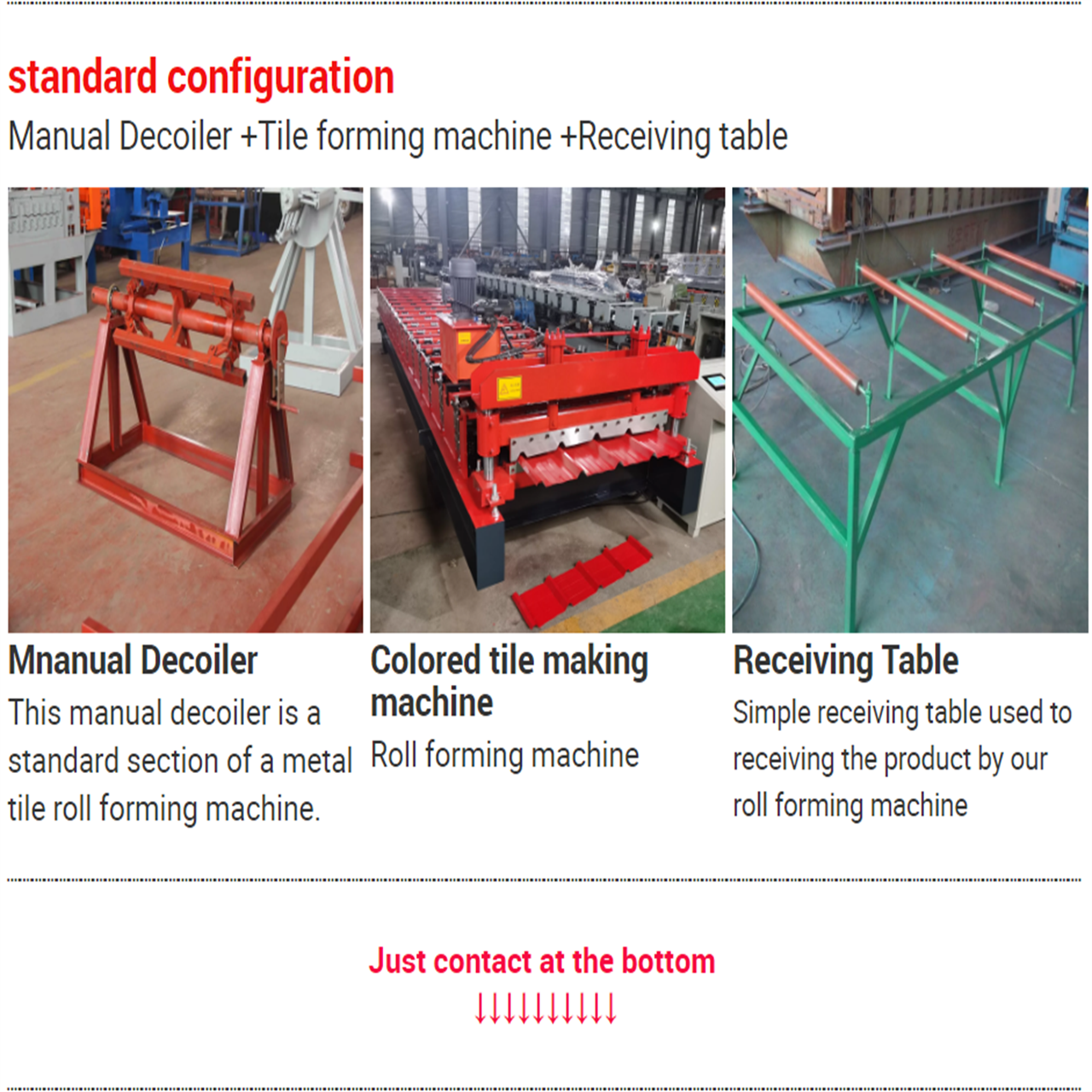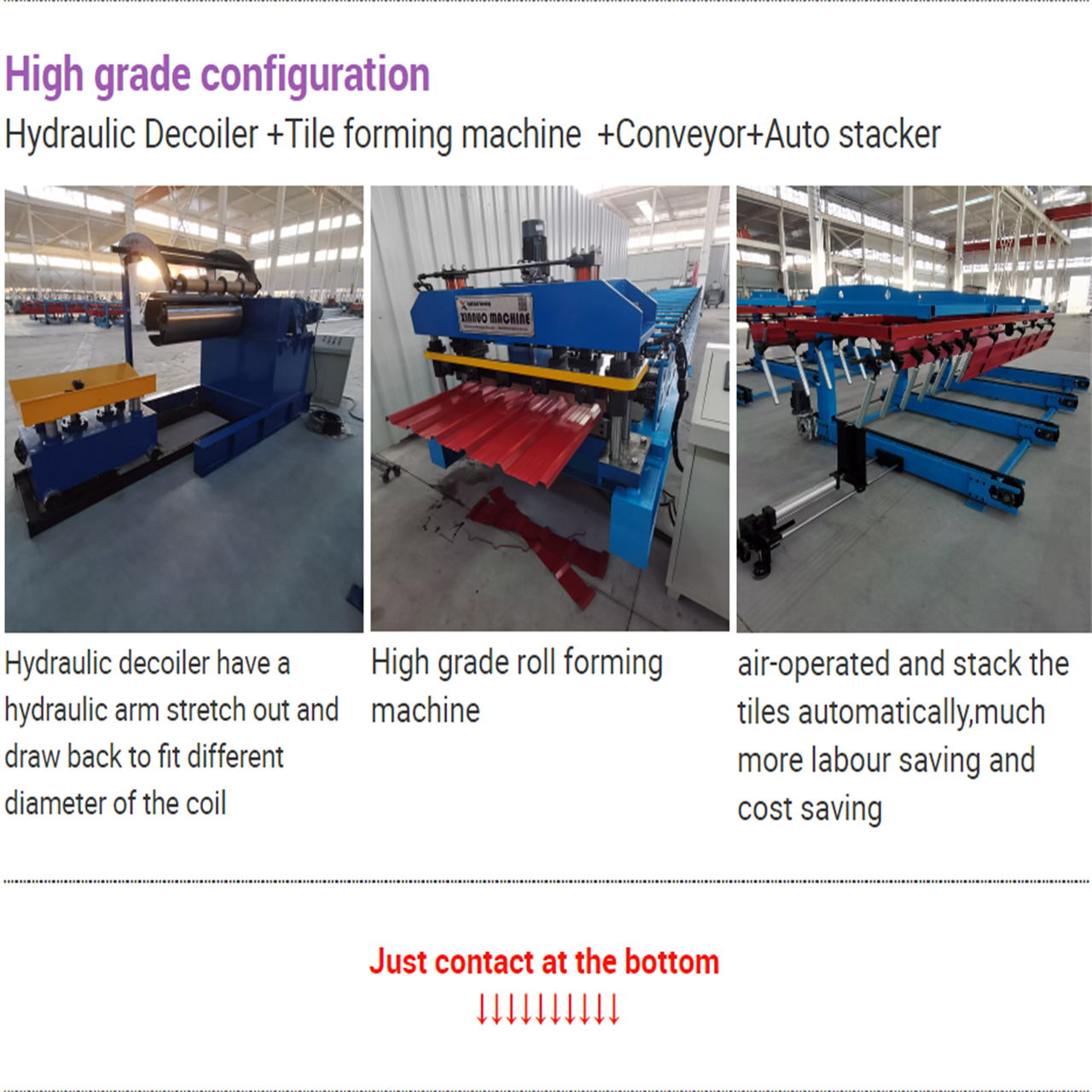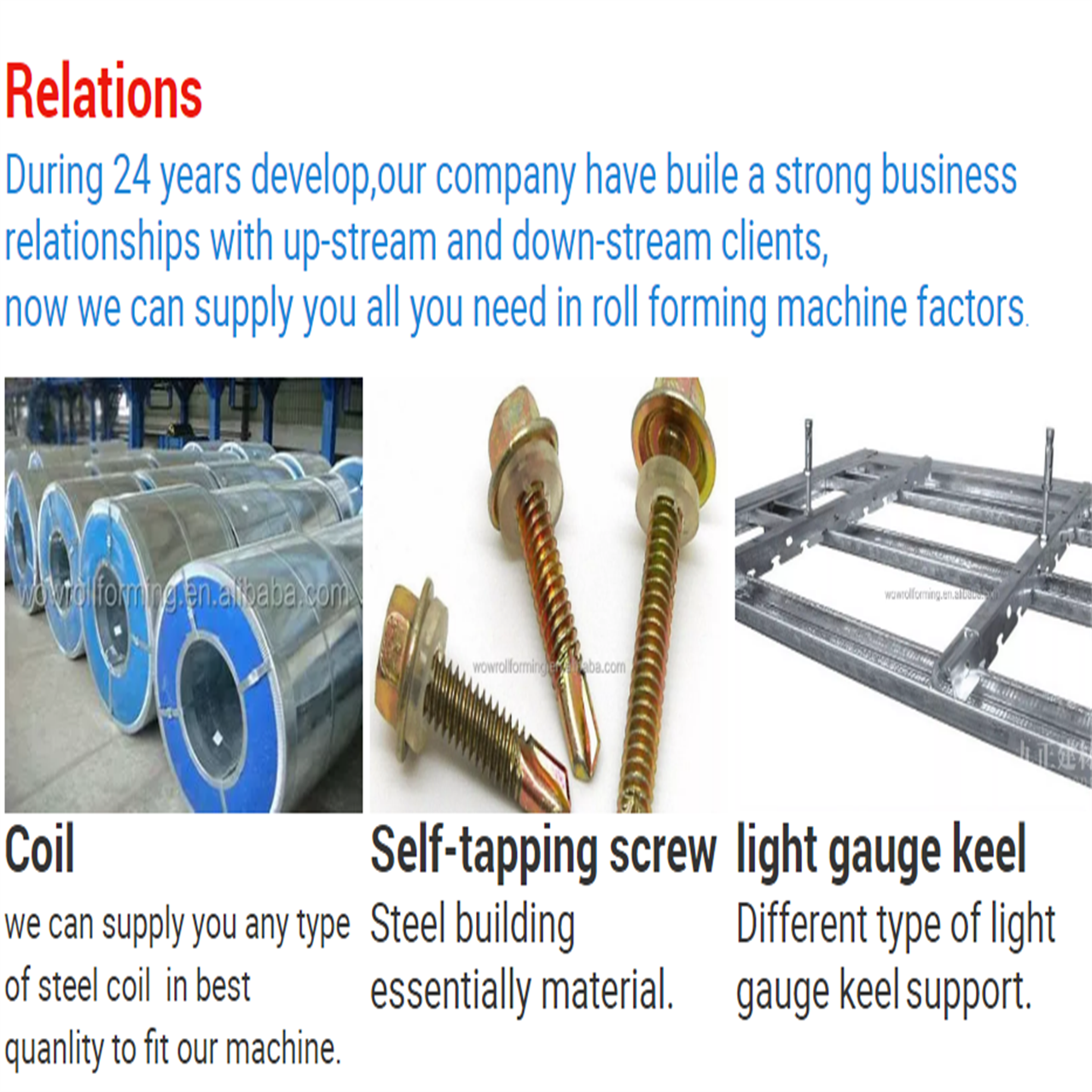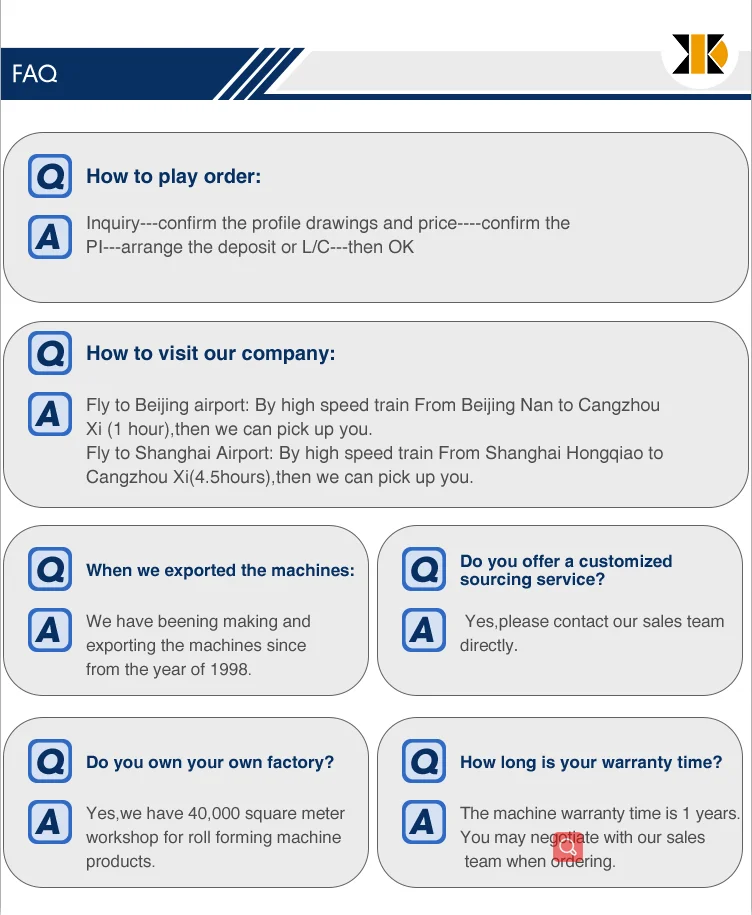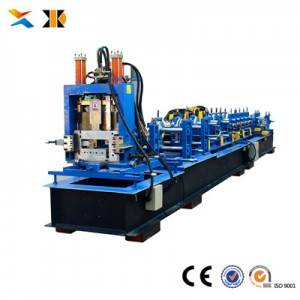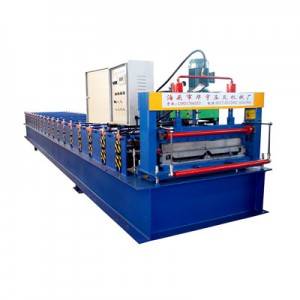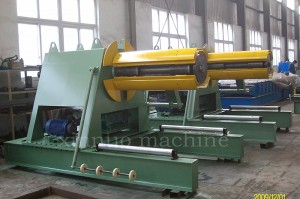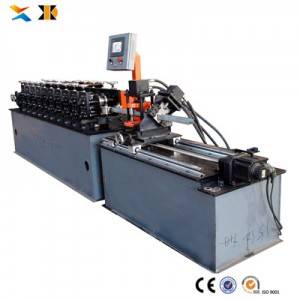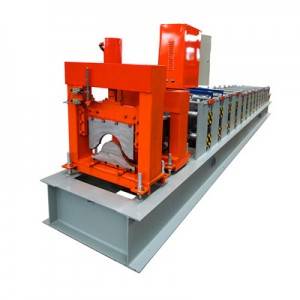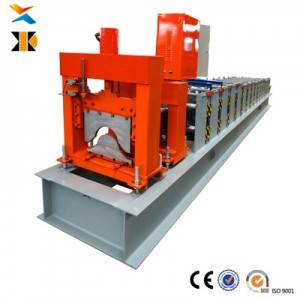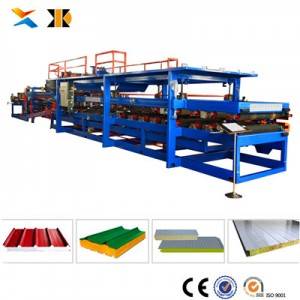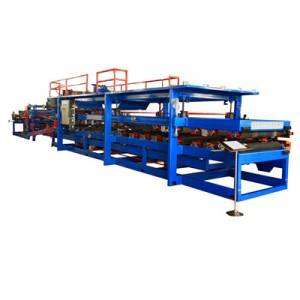♦ COMPANY PROFILE:
Hebei Xinnuo Roll Forming Machine Co., Ltd., not only produce different types of professional roll forming machines, but also develop intelligent automatic roll forming production lines, C&Z shape purline machines, highway guardrail roll forming machine lines, sandwich panel production lines, decking forming machines, light keel machines, shutter slat door forming machines, downpipe machines, gutter machines, etc.
Advantages of Roll Forming A Metal Part
There are several advantages of using roll forming for your projects:
- The roll forming process allows operations such as punching, notching, and welding to be performed in-line. Labor cost and time for secondary operations are reduced or eliminated, reducing part costs.
- Roll form tooling allows for a high degree of flexibility. A single set of roll form tools will make almost any length of the same cross-section. Multiple sets of tools for varying length parts are not required.
- It can provide better dimensional control than other competing metal forming processes.
- Repeatability is inherent in the process, allowing easier assembly of roll formed parts into your finished product, and minimizing problems due to “standard” tolerance build up.
- Roll forming is typically a higher speed process.
- Roll forming offers customers a superior surface finish. This makes roll forming an excellent option for decorative stainless steel parts or for parts requiring a finish such as anodizing or powder coating. Also, texture or pattern can be rolled into the surface during forming.
- Roll forming utilizes material more efficiently than other competing processes.
- Roll formed shapes can be developed with thinner walls than competing processes
-
cz purlin roll forming machine iron sheet makin...
-
glazed tile roll forming machine
-
Glazed Tile Roll Forming Machine
-
glazed tile roll forming machine drywall profil...
-
highway guardriall roll forming machine highway...
-
join-hidden panel roll forming machin
-
Hydraulic uncoiler
-
light gauge steel framing machine manufacture o...
-
light gauge steel framing machine sheet forming...
-
light keel roll forming machine
-
ridge cap roll forming machine
-
ridge making machine roll forming machine for s...
-
sandwich panels production machine line iron sh...
-
Sandwich Panel Production Line
-
sheet aluminum round downpipe machine stainless...
-
standing seam panel roll forming machine




